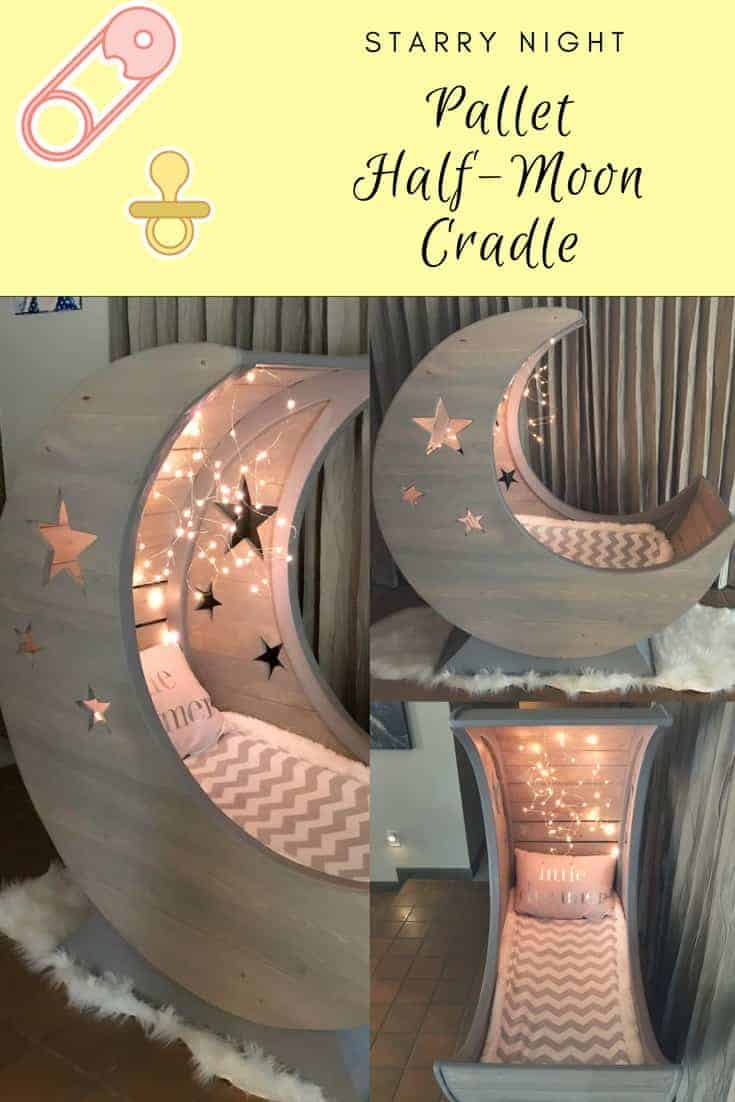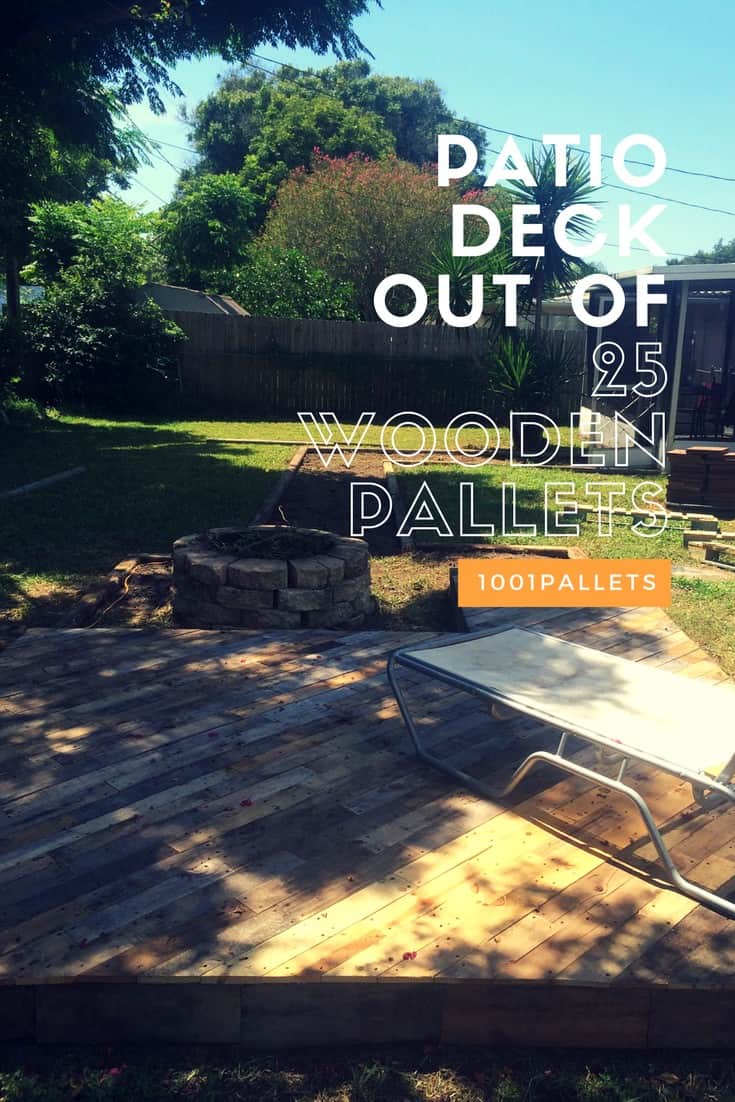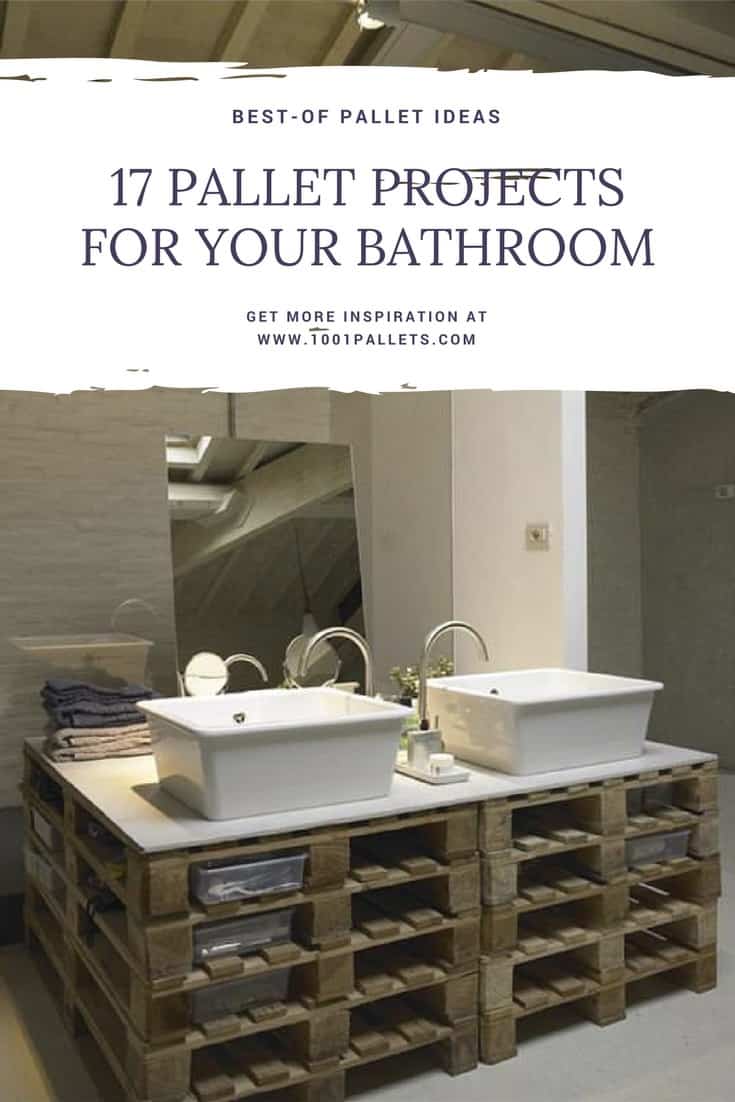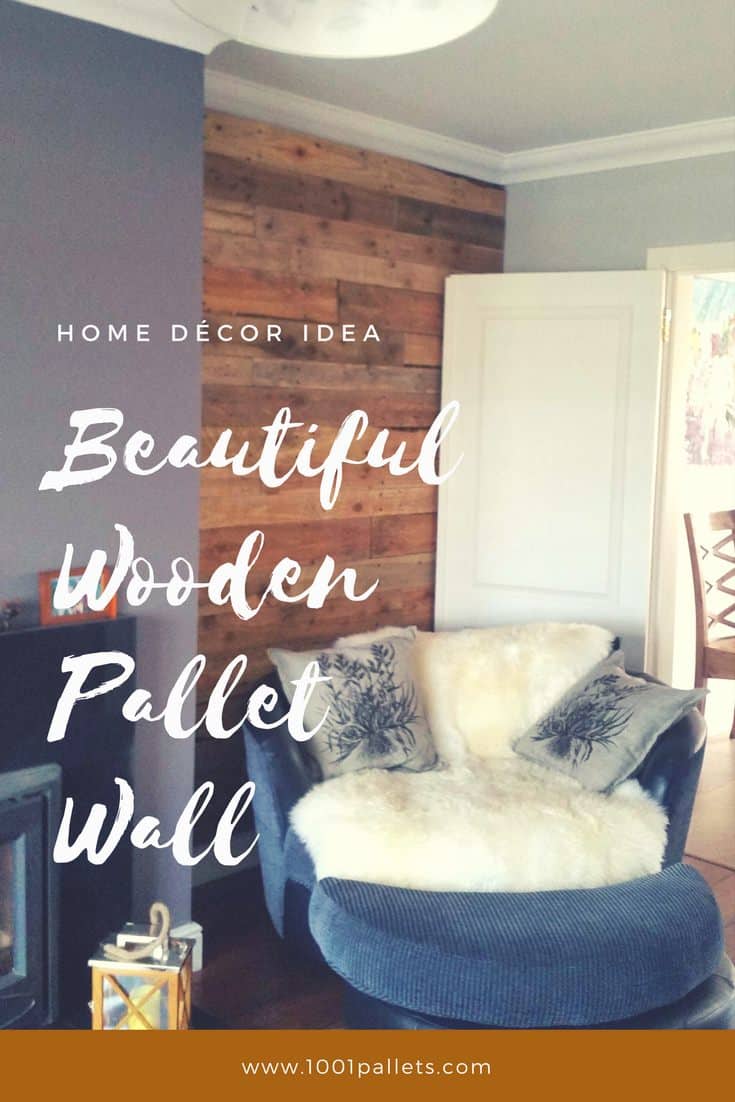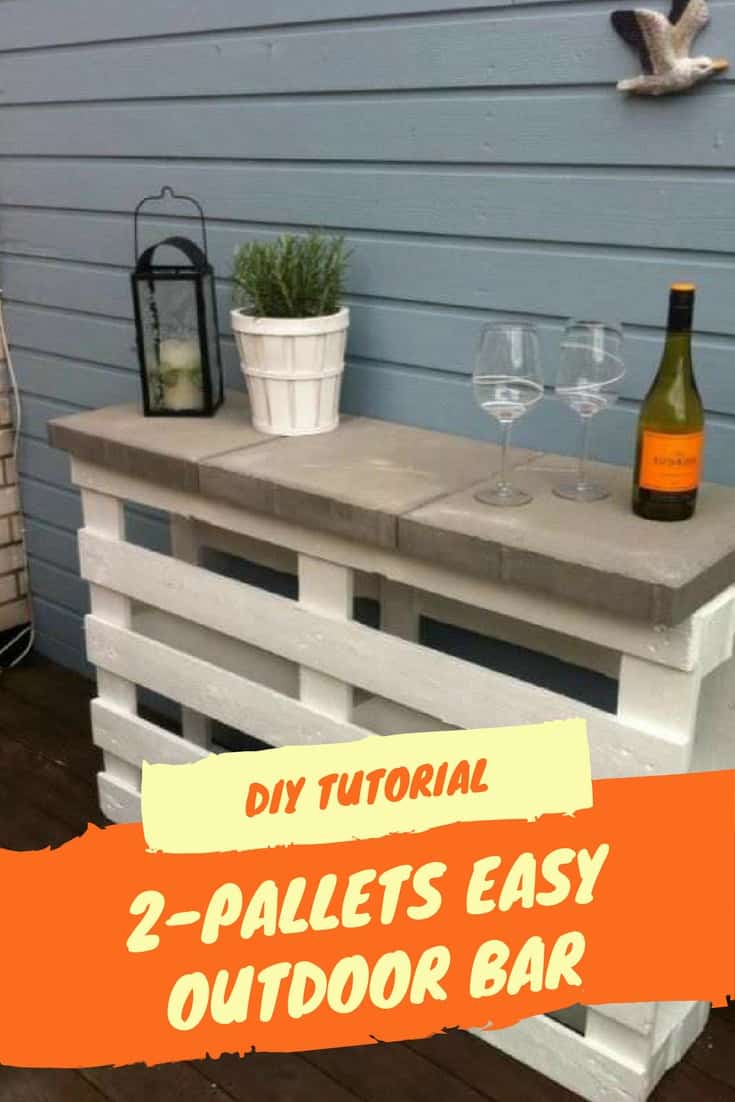I’ve seen a few pictures on the ‘net about tables made from pallets, but the builders used different techniques. My Glued Wood Strip Table/Chopping Block will hopefully be a source of inspiration for different varieties of tables or blocks. I didn’t want to amass 100 pallets just to be able to learn and execute a quick project just to get it done with quickly.
Here’s how I made my Glued Wood Strip Table/Chopping Block:
I built a quick 10 x 10” board – about the size of a cutting board – to see how it would work out. Technically, you could argue that this is a cutting board made from pallet wood. However, I wouldn’t use it as such because I didn’t use a finish that is food safe.
First, I started by cutting strips in various widths. You can make this with different wood types, so it has different tones/grains, or different widths, or use a combination of everything for a more random pattern. This technique is an excellent springboard for many different ideas and advanced woodworking methods. Next, I laid out the wood to get the pattern the way I wanted and dry-fitted it all (it is pallet wood, after all). When I was satisfied, I began gluing.
Gluing & sanding:
It’s important to use a glue type appropriate for the use – such as water-safe, food-safe, etc., like Titebond III. But, you need to also allow yourself a bit of working time. You will want a decent track, but you don’t want a glue that will set in seconds. You want to be able to shift and align the pieces the way you want. It also may be of use to have a bottle with a convenient dispenser top, such as a roller top, a brush top, etc.
Begin gluing the wood strips, following your glue bottle instructions. Press together firmly, position the way you want it and then clamp firmly and evenly. If using a PVA-based glue, use a damp rag or sponge and wipe the squeeze-out off (remember: PVA glue doesn’t take stain). Allow drying per the glue directions.
Next, sand, hand-plane, or power-plane the surface to the smoothness & thickness you desire and trim down to the size you need. Perform any finish sanding, routing, or other steps before applying a stain, paint, or another sealant. If using around food, be sure you choose the appropriate product(s).
- Essential on how to tell if a pallet is treated.
- Essential on glue wood types.
- Essential on wood joints.
Editor’s note: Karell makes an excellent, important point. It is important to use safe wood that would have direct contact with food or food products. You also need to use the proper food-safe sealant. Remember: when in doubt, THROW IT OUT – or at least use it for an outdoor project. PS – I’m sure your Glued Wood Strip Table/Chopping Block has inspired many of our crafters to save those trimmings and leftover strips! :)







